Culture
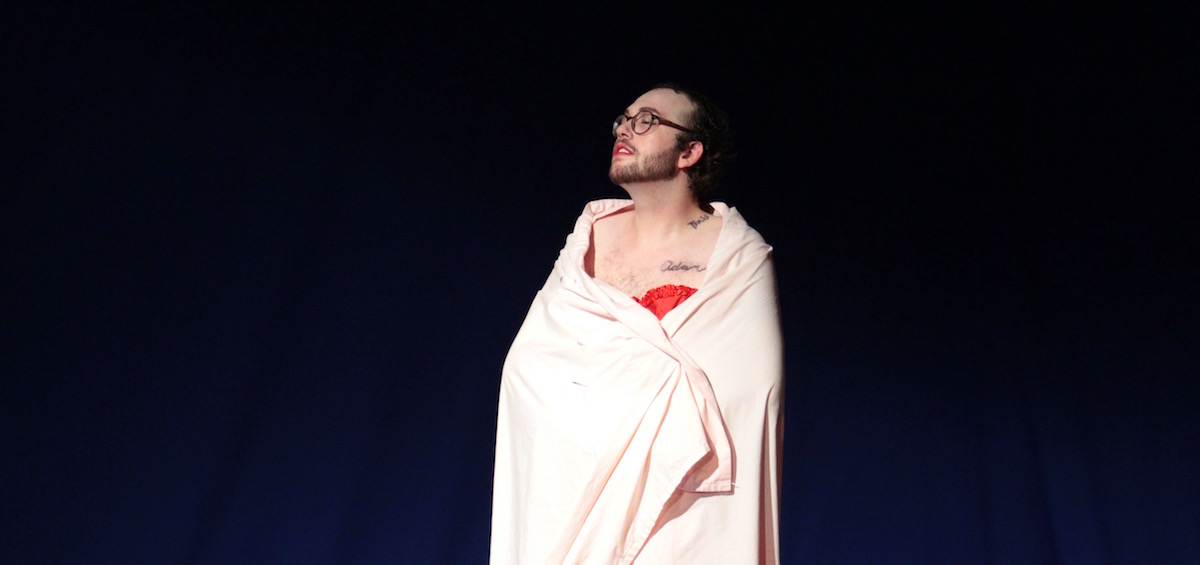
The Continual Relevance of ‘The Madness of Lady Bright’
By: Emily Votaw
Posted on:
In May 1964, Greenwich Village’s Caffe Cino debuted Lanford Wilson’s The Madness of Lady Bright, a play that would later be considered one of the very first in the gay theatre movement, as well as one of the catalysts for the highly experimental off-off Broadway explosion of the ‘60s. The production would be a huge success for the venue, performed 205 times over the course of three years.
The work is essentially a monologue delivered by aging drag queen Leslie Bright. Bright is unhinged in time, old friends and lovers drifting in and out of scenes that run the course of about a decade of her life. The theatrical work is one of the first to examine the experience of a queer person in a truly human light – not through lenses that colored queer people as mentally ill or as deviants – but as human beings.
This weekend, the work will be staged as a laboratory production in Putnam Hall 227’s CREATE_space, spearheaded by undergraduate B.F.A. acting senior Bill McAtee.
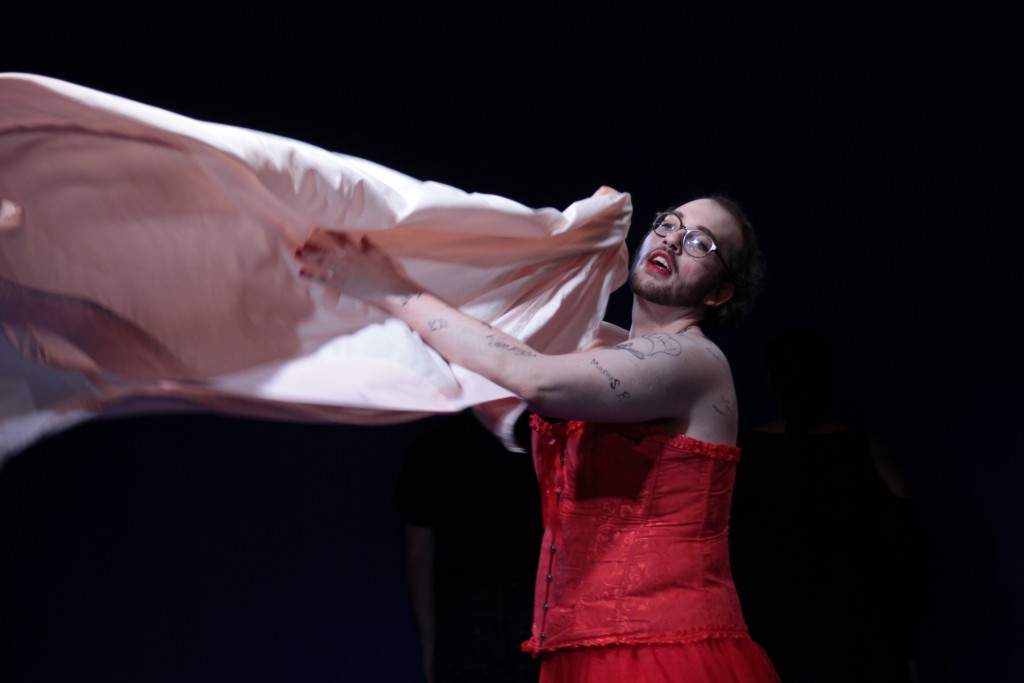
“I found that I was unhappy with the way queer people were being treated and represented within the school of theater. I felt like we were often being left out of conversations about diversity, and there weren’t any productions that centered queer theory, queer ideas, or queer voices. So, it seemed to me, the best thing I could do was a show that centered a queer character,” said McAtee, who began work on the production last spring. “One of the most important things that I’ve learned is that one should never wait for someone else to give you an opportunity to make art – you should make that opportunity for yourself. I wanted to use this as something that could heal and liberate me from the traumas that I have experienced throughout my life and here at OU. This is an opportunity to create a dialogue with the community about the issues that queer people are facing.”
McAtee decided early on in their artistic process that they wanted to craft the work alongside a group of queer or otherwise marginalized people within the school of theater.
“It is really important to me that my cast and production crew are made up of people from marginalized groups – whether that is a gender fluid person, a trans person, a black woman, a bisexual person, a gay man,” said McAtee. “This has been a really healing process for me, but this isn’t just about me. I wanted to make other people within the Ohio University School of Theater community, as well as the university community as a whole, think about the ways in which they are oppressed or marginalized.”
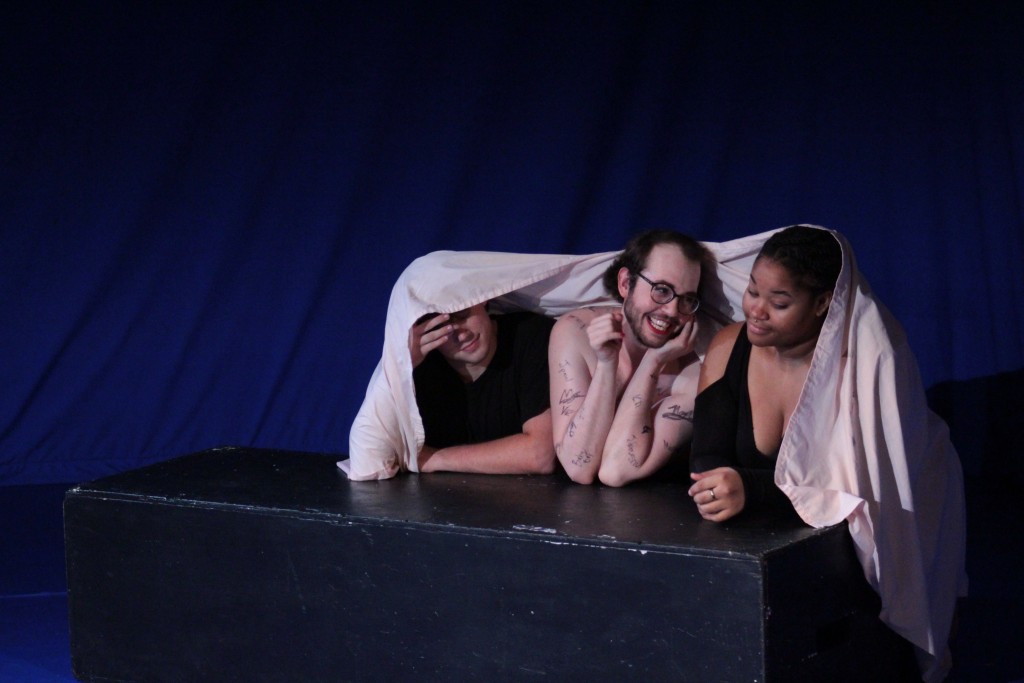
Nat Smith, a student in the graduate M.F.A. playwriting program, will be directing the production.
“(The Madness of Lady Bright) is a complicated, beautiful, heartbreaking play, and it’s a real challenge to direct – and not just because it doesn’t follow a typical structure and not just because it forces the director to get really creative – it’s very emotionally difficult,” said Smith. “You’re seeing this character who is completely alone, but there are people sort of around them — but they’re really, truly alone. But, first and foremost, I took this on because I wanted to support Bill (McAtee), because I knew that it was really important to them. It wasn’t until after we started working on it that I really fell in love with the play itself. This has been an amazing process of discovery and collaboration.”
“One of the most important things that I’ve learned is that one should never wait for someone else to give you an opportunity to make art – you should make that opportunity for yourself. I wanted to use this as something that could heal and liberate me from the traumas that I have experienced throughout my life and here at OU. This is an opportunity to create a dialogue with the community about the issues that queer people are facing.” – undergraduate B.F.A. acting senior Bill McAtee
McAtee emphasized that much of what they desire for audiences to take home from the production (which McAtee fully funded themselves, buying the rights for four productions of the work for $140) are the very same things that Wilson was thinking about when he wrote the work back in the early ‘60s, while working as a receptionist at the Americana Hotel in New York (now the Sheraton New York Hotel and Towers).
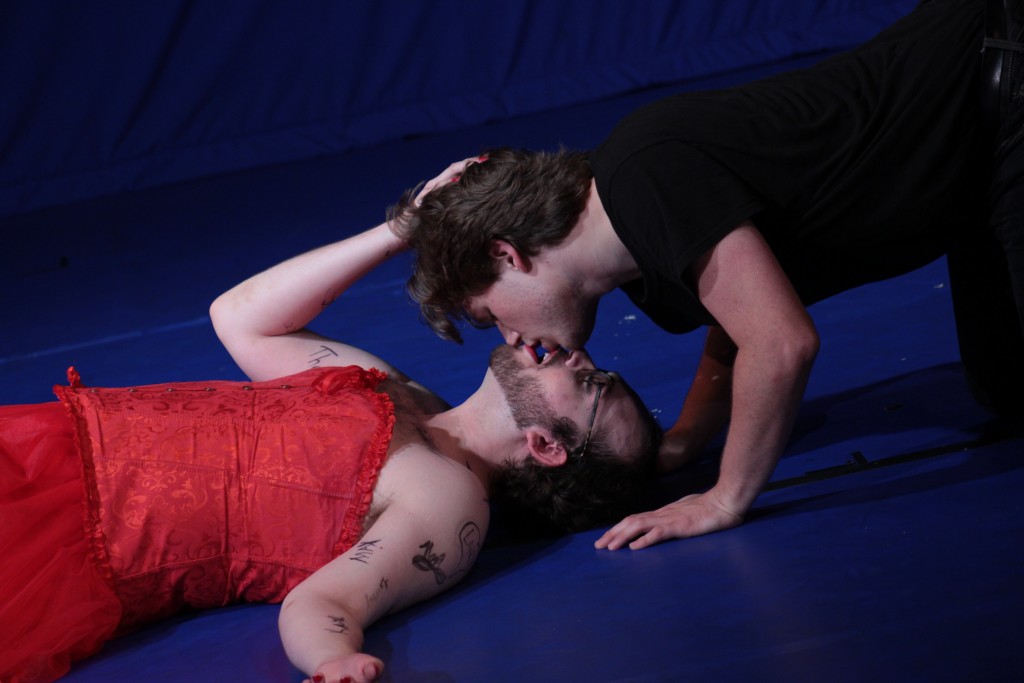
“I want audiences to think about what kind of feelings come along with being queer. When Lanford Wilson, a queer playwright, wrote this, he had a personal stake in portraying a queer person on stage as a human,” they said. “What is so special about the show is that it shows audiences that queer people share the same emotions that straight people feel. Really, the biggest themes of the show are loneliness and abandonment, and how society creates outcasts, how society forces marginalized people to isolate themselves. What Leslie is trying to cope with is taking place before the Stonewall riots (of 1969), it is about what it meant to be lonely and queer before Marsha P. Johnson threw the first brick and launched the gay liberation movement.”
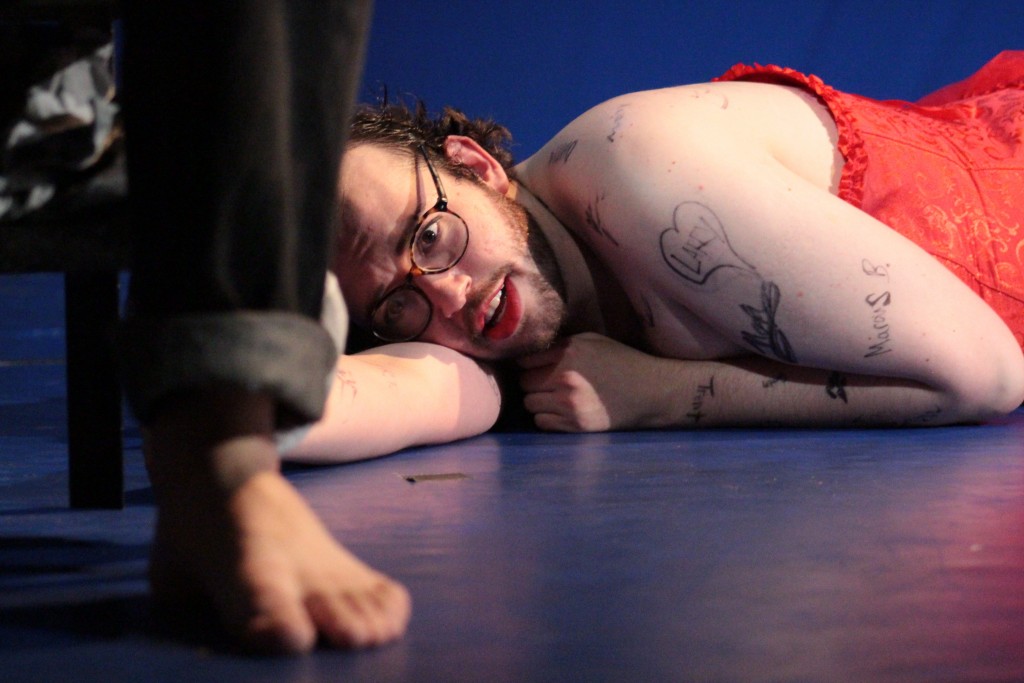
Performances of “The Madness of Lady Bright” will take place Friday, September 29 through Sunday, October 1 in Putnam Hall 227. The opening show will take place at 8 p.m. on September 29; on September 30 at 2 p.m. and 8 p.m. (with talkbacks), and will close on Sunday, October 1 at 8 p.m., (with talkback). The production is 50 minutes in length.

